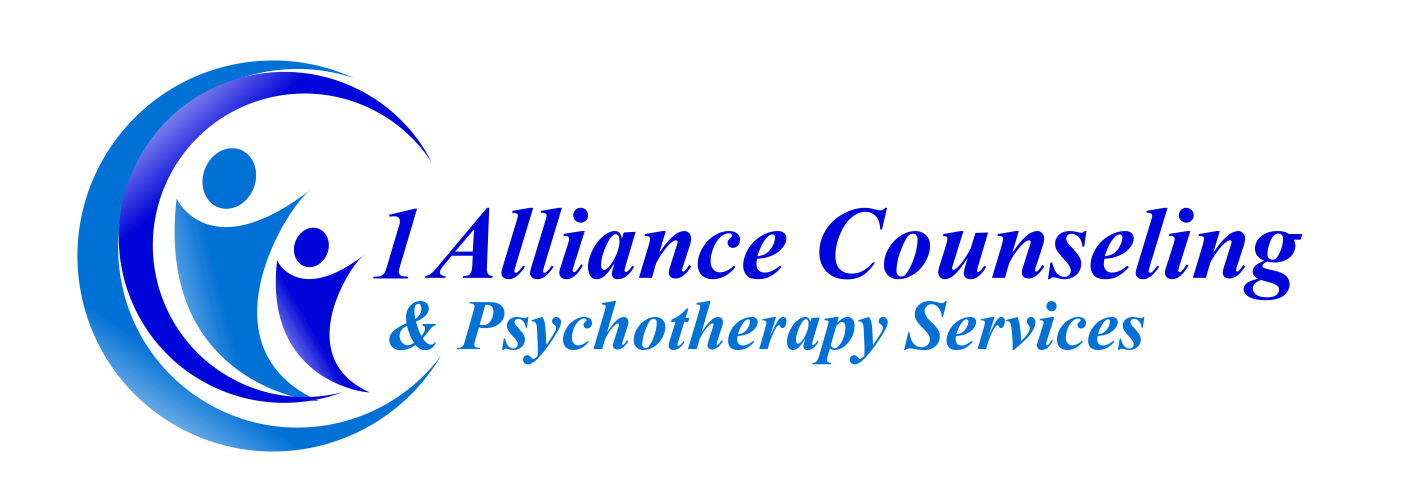Visualization techniques, also known as guided imagery, is a common stress management technique that involves the systematic practice of creating a detailed mental image of an attractive and peaceful setting or environment. It can be thought as a guided meditation and it’s practice can help people learn how to meditate.
Visualization techniques can be used by itself to achieve relaxation. Many people prefer to start practicing visualization techniques coupled with progressive muscle relaxation techniques in order to associate the physical sensations of relaxation with the peaceful visual image. When this association is formed, the visualization by itself will quickly bring the physical sensations of relaxation. For more information, please read our previous blog about progressive muscle relaxation techniques.
Visualization techniques helps people manage their stress as it serves to redirect people’s attention away from what is stressing them while suggesting people to act as if they were in that desired peaceful environment. Thus, eliciting a relaxation response.
Visualization can be practice anywhere. Visualization that is practiced daily, not in a crisis, leads to a quick easy access stress management technique. It is usually most successfully when practice in a environment free from distractions as it requires concentration. Therefore the steps below are recommended.
- Go to a private space where you can concentrate and make yourself comfortable.
- Close your eyes.
- Take a few slow and deep breaths much like what was described in our previous stress management basics blog post.
- Imagine yourself in your favorite environment, somewhere beautiful, safe, calming, ideal, and peaceful. Common themes are the beach, mountain, forest, waterfall, or even being on your favorite room in your house.
- As you look around and visualize each aspect of this environment, describe it in details. Focusing on the different sensations such as the warmth of the sun on your skin, the sounds and smells that surround you. The more detailed the description is, the more vivid the image becomes.
- With each breath, imagine yourself becoming more calm and relaxed. Imagine yourself smiling, feeling happy and having a good time as you continue to mentally describe and visualize this wonderful environment.
- Continue your visualization until you feel relaxed. Then, make sure to assure yourself that you can return to this environment whenever you want. Give yourself enough time to enjoy it.
- When you are ready, open your eyes again, take a couple of more breaths and then rejoin your world.
